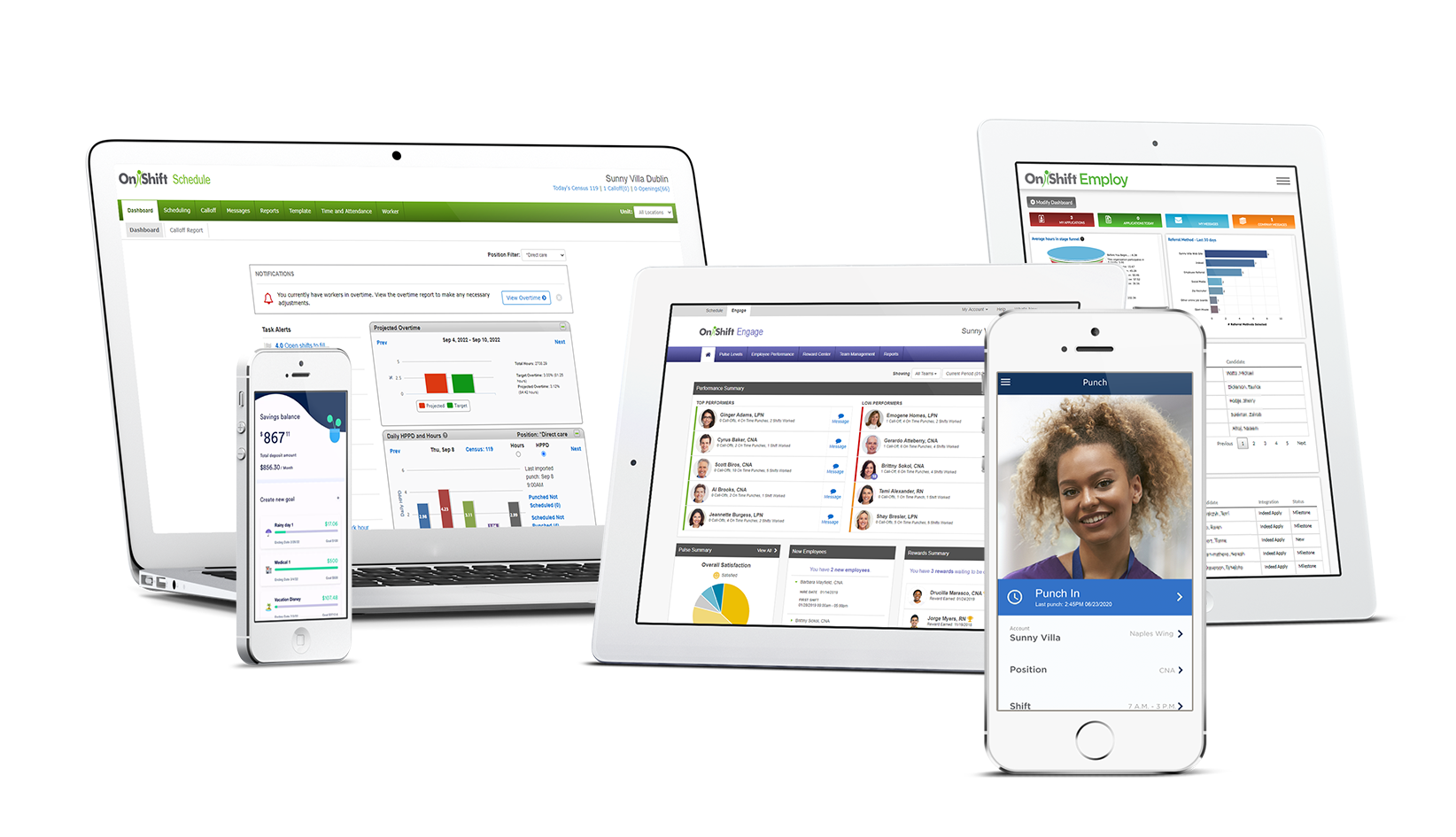October 9, 2015 | Irene Fleshner
October 9, 2015 | Irene Fleshner
 Recently CMS issued proposed changes to the Requirements of Participation for Nursing Homes (RofP) (think rules surveyors follow when they’re in my building). The proposed changes were developed in part because CMS recognizes what SNF leaders have known for a long time….the long term post-acute care world has changed. The proposed changes span many issues, however I will focus on those related to staffing and staff competency.
Recently CMS issued proposed changes to the Requirements of Participation for Nursing Homes (RofP) (think rules surveyors follow when they’re in my building). The proposed changes were developed in part because CMS recognizes what SNF leaders have known for a long time….the long term post-acute care world has changed. The proposed changes span many issues, however I will focus on those related to staffing and staff competency.
The good news embedded in the RofP is that CMS did not mandate the number, types, or resident to staff ratios for SNFs but rather maintained the language of “sufficient staff to meet residents’ needs”. This allows SNF leaders the flexibility to staff their centers as they deem appropriate. However, there’s a catch. CMS specified that while there is no minimum number of staff required, staff must have appropriate competencies and skills. And further that the determination of sufficient nursing be based on a facility assessment, which includes but is not limited to the number of residents, resident acuity, range of diagnoses, and the content of care plans.
Conceptually this makes sense, right? But, as usual, the devil is in the details. So at this point you may be wondering - what does competency mean and how do I demonstrate that all staff are competent to adequately carry out their duties? Competence is the ability of an individual to do a job properly. A competency is having the required knowledge, skills, behaviors, abilities and experience to perform the job.
Let’s think of a relatively easy and common example to help demonstrate the concept of competency - caring for patients/residents who are receiving intravenous fluids (IVs). Once we understand this example we can apply it to other situations.
So there you have it. An example of a competency-based staffing process. Regardless of the language in the final rule, I believe that some form of competency based staffing will be required. So given that this process will take time to implement, it’s not too soon to begin looking at how you will meet this requirement.
Stay tuned for my next blog if you want to know how to complete the facility assessment process.
Are your employees engaged at work? Studies show that the answer is likely “no”. Yet an engaged workforce is one of the most powerful and cost-effective ways to boost your organization's financial, operational and clinical success. Download our whitepaper and start creating an action plan to get your employees engaged today.
Subscribe to the OnShift Blog
Recent Posts
Categories
About Irene Fleshner
Irene Fleshner, RN, MHA, FACHE, serves as a Principal for Reno Davis & Associates and the Senior Vice President for Strategic Nursing Initiatives for Genesis HealthCare.
See for yourself why thousands of providers rely on OnShift’s innovative software for recruitment, hiring, workforce management, pay and engagement. Request your personalized demo today.
